“Who is Chan Sow Lin?” I thought to myself while staring at the station map on the LRT. The name of this LRT station caught my eyes. While there are plenty of places named after people, I’ve never noticed that there’s an LRT station named after a Chinese. This piqued my interest, and needless to say, I began my research about this Chan Sow Lin guy.

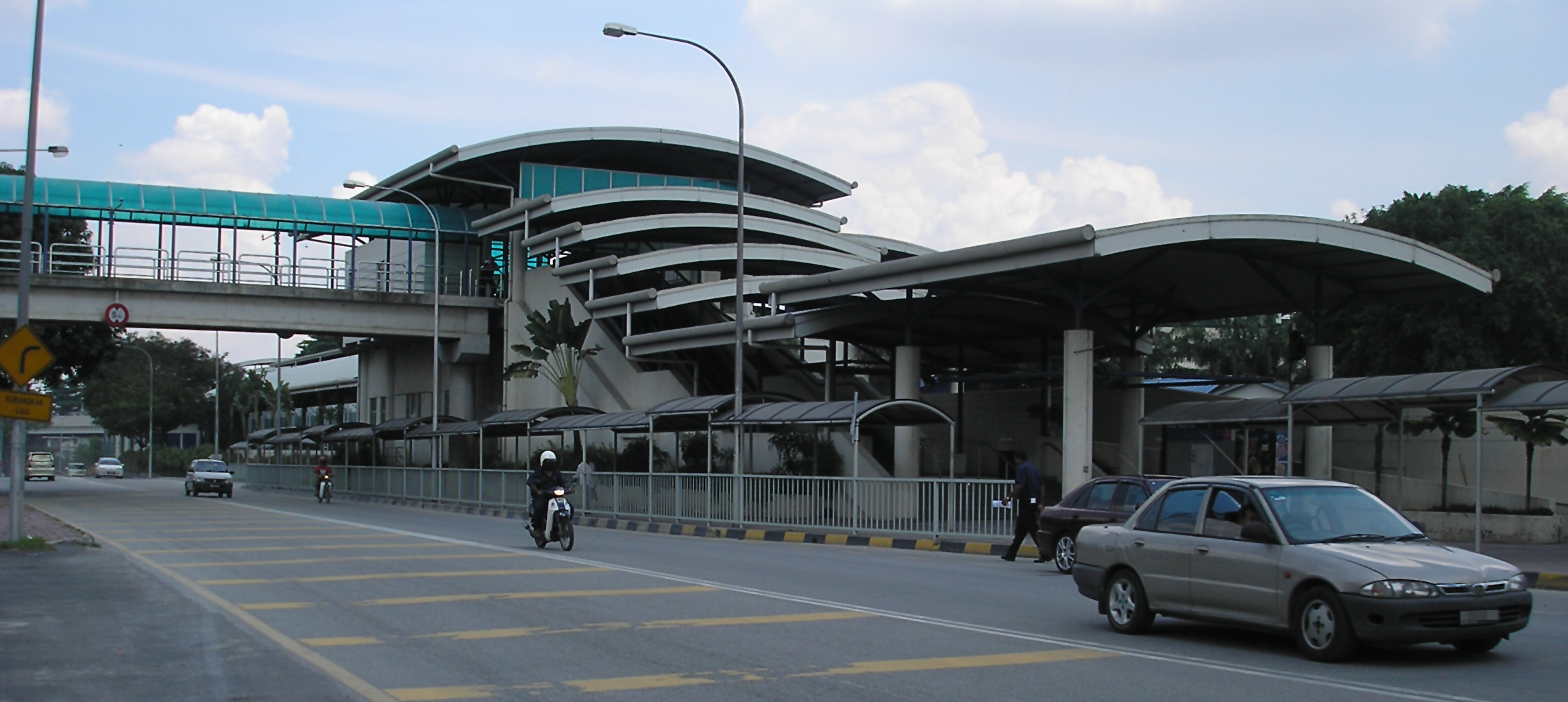
To my disappointment, there is no Wikipedia page (at that time) about the person but there is plenty of information on the internet about this person.
Humble beginning
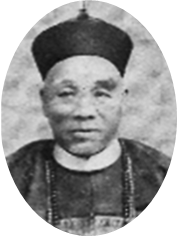
Chan Sow Lin (陳秀連) was born into a poor family in the Panyu District, Guangdong province of China in 1845. Not much is known about his early life, except that he migrated to Malaya at the age of 16, in search of a better life.
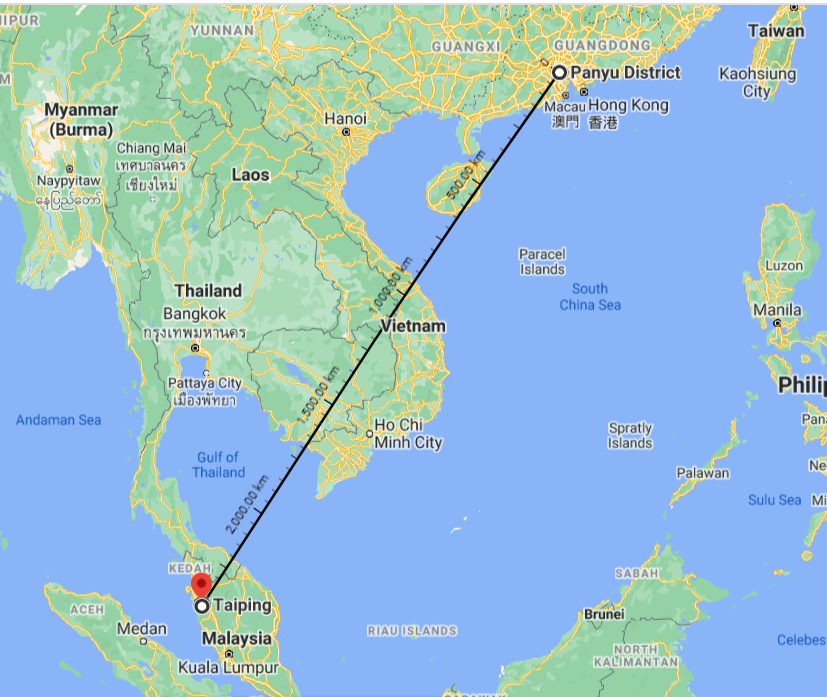
He started working in Taiping under Low Sam in tin mining. Chan quickly earned the trust of Low Sam and was appointed to supervise the tin mines at Assam Kumbang, Taiping within a few months. And a year later, he was given full authority by Low Sam to take charge of all his mining interests in the Larut district.
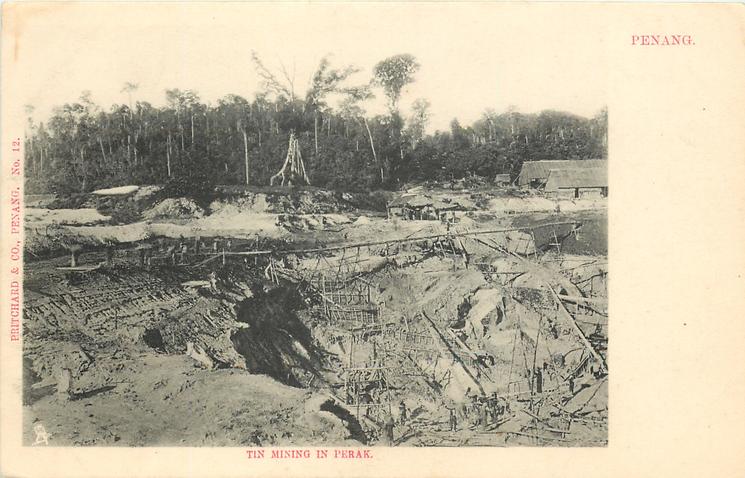
Chan’s tough childhood means he had not received much education during his early life. While working for a living, Chan hired a private tutor to learn Chinese. He had also learned the local Malay language, which proved to be useful for his business later in his life.
Larut War
Taiping, then known as Larut, is caught in a series of wars waged between Chinese dialect group Ghee Hin (mainly Cantonese) and Hai San (mainly Hakka). They were collectively known as the Larut War. Chan was involved in a conflict between Si Yap and Chung Loong groups, and he was seriously wounded and had to be treated in Penang.
The war finally ended when Larut was captured by the British troops. Not content with the outcome of the war, some of the members were eager to restart another war. Chan acted promptly to act as a mediator between both parties. He offered to arrange a dinner to convince both parties that it was in their best interest to maintain the peace. To prove his sincerity, Chan offered himself as the hostage to the rivals. The dinner ended with both parties agreeing to a truce.
Business Venture
After the war, Chan re-joined Low Sam briefly, later founded his own tin mining business. During his time in Taiping, he met Loke Yew, a fellow Chinese migrant who later came to be the richest man in British Malaya.
In 1883, Chan and Loke Yew moved to Selangor together to avoid the war in Perak. The Selangor Government welcomed fresh investments, as the economy there was being affected by the war in Perak. Barren lands and tin mines were leased at very low remunerations. Together, the duo became the pioneer and the largest tin mine owner.
In 1893, Chan leased two rich mine lands at Serdang and Sungei Besi from Loke Yew under his firm, Chop Tan Kee, and later, the mining lands at Simpah, Sungei Puteh, Kuala Kubu, Setapak, Kepong, and Petaling from the government.
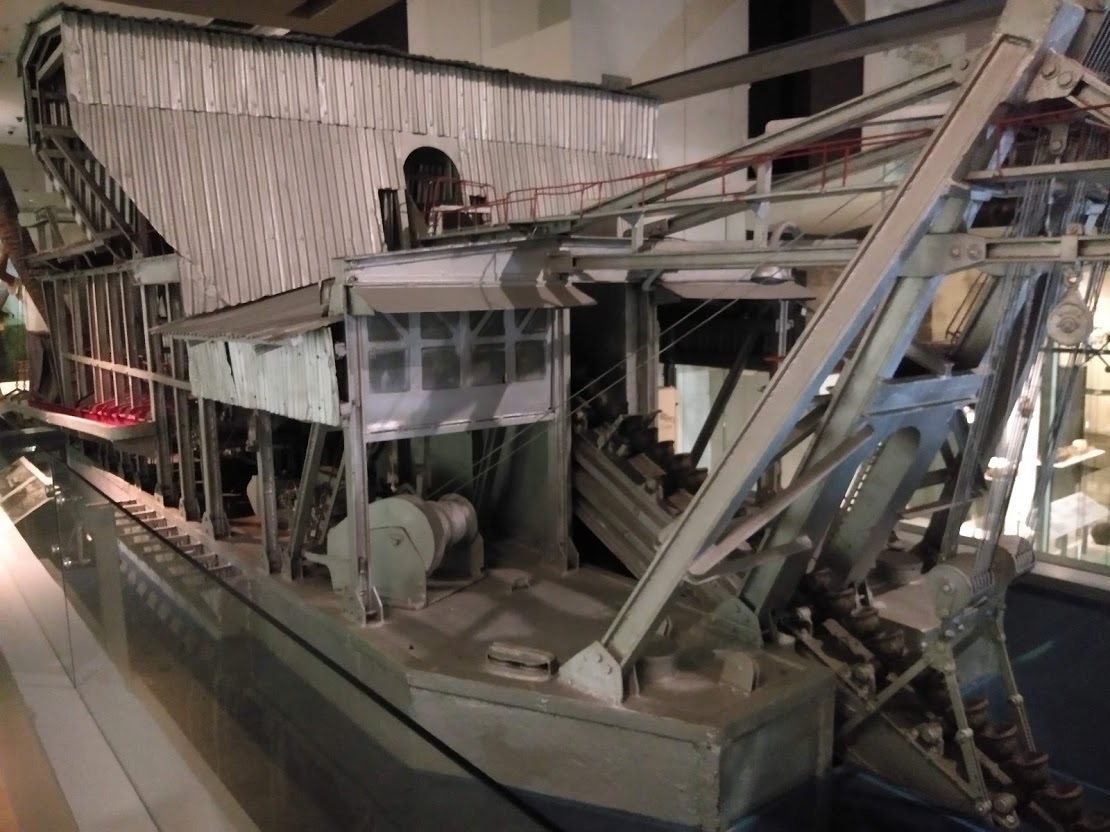
Chan became the first Chinese to use tin dredge for mining tin. At that time, most of the tin dredge machinery was imported from the British, which is expensive. To cut costs, Chan founded Chop Mee Lee (or known as Chan Sow Lin & Co. Ltd) in Jalan Ampang, an ironwork foundry that focused on producing high-quality tools and machinery for mining. He employed technicians from Guang Zhou and Hong Kong to train the local labour in the engineering work. His success spawned the establishment of other foundries in the area, and this contributed to the development of the economy of Kuala Lumpur.
Political Life
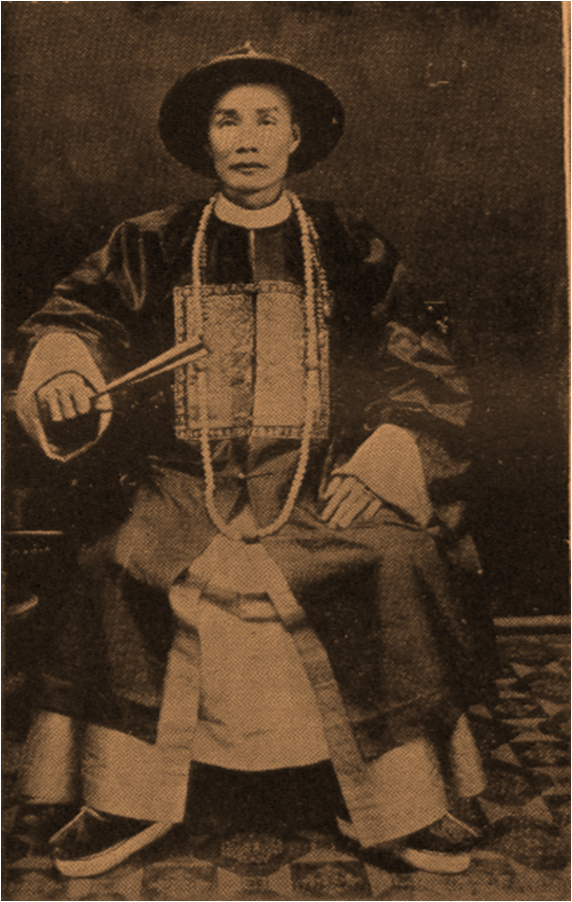
In 1902, the fifth Kapitan Cina, Yap Kwan Seng passed away. The British government abolished the Kapitan system, in favour of the state council system. Chan is appointed as the first Chinese member of the Selangor state council, making him effectively the sixth Kapitan Cina.
Philanthropy and Social Contributions
Being a wealthy man, Chan did not forget to contribute to society and was proactive in giving back to the community. In 1894, he helped convert Pooi Shin Thong (培善堂), a traditional medicine clinic funded by the previous Kapitan, into an NGO hospital, Tung Shin Hospital (同善医院). The hospital was equipped with a modernised medical system and had enabled a lot of poor people the opportunity to get medical treatment.
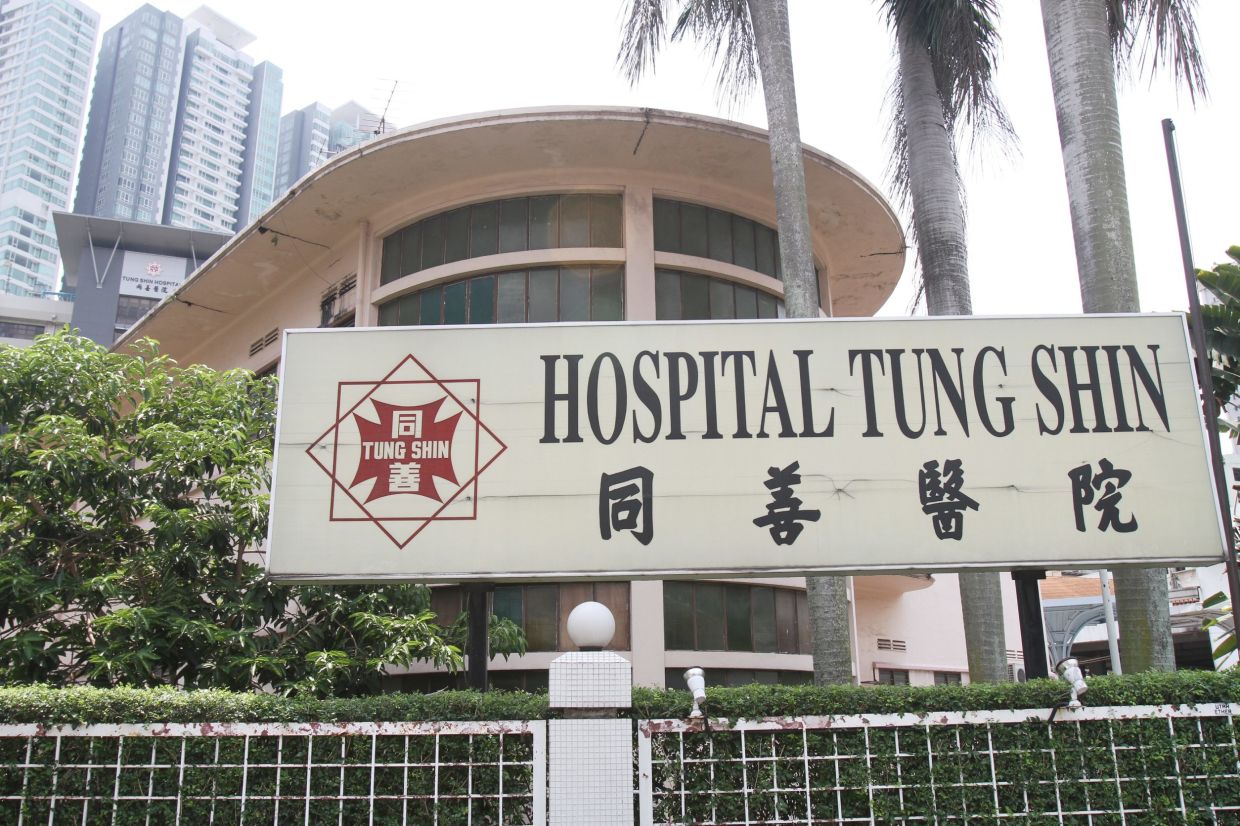
He also cared about education, as he co-founded the Confucius School as well as the Victoria Institution, both of which still exist today.
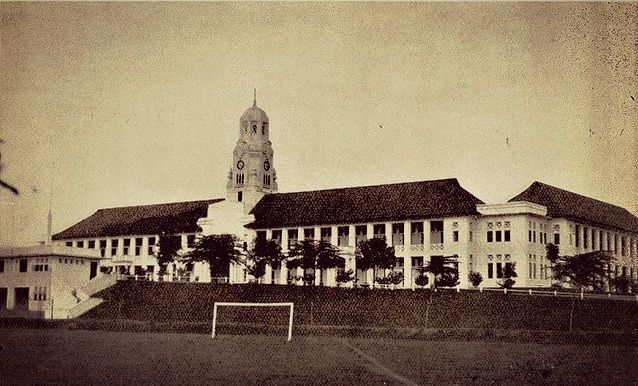
He was appointed as the trustee of Sin Sze Si Ya Temple (仙四师爷庙)’s assets. He even donated a plot of land to build Chan She Shu Yuen (陈氏书院), which can now still be found at Petaling Street, Kuala Lumpur.
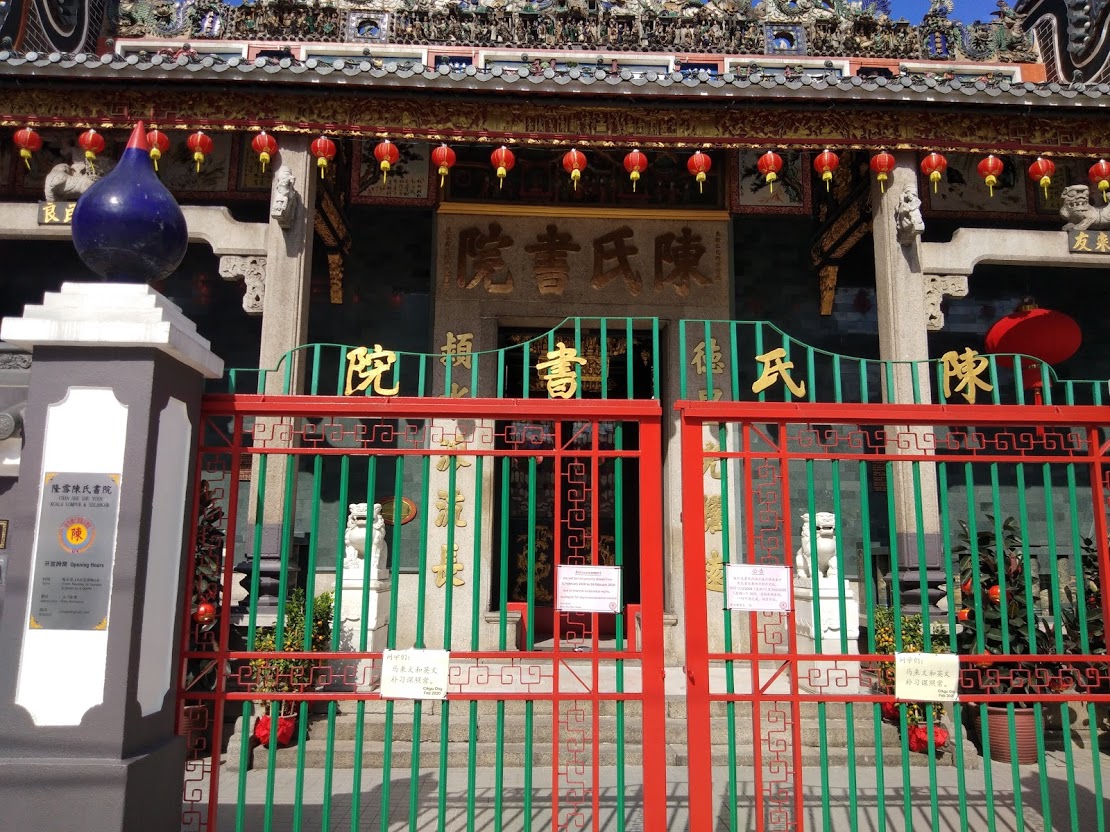
Besides that, he also co-founded Jishantang Charity Hall. Chan was the chairman of the Selangor Anti-Opium Society. He was a member of the Visiting Committee of the Selangor Goal, the Lunatic Asylum, and the Selangor General Hospital.
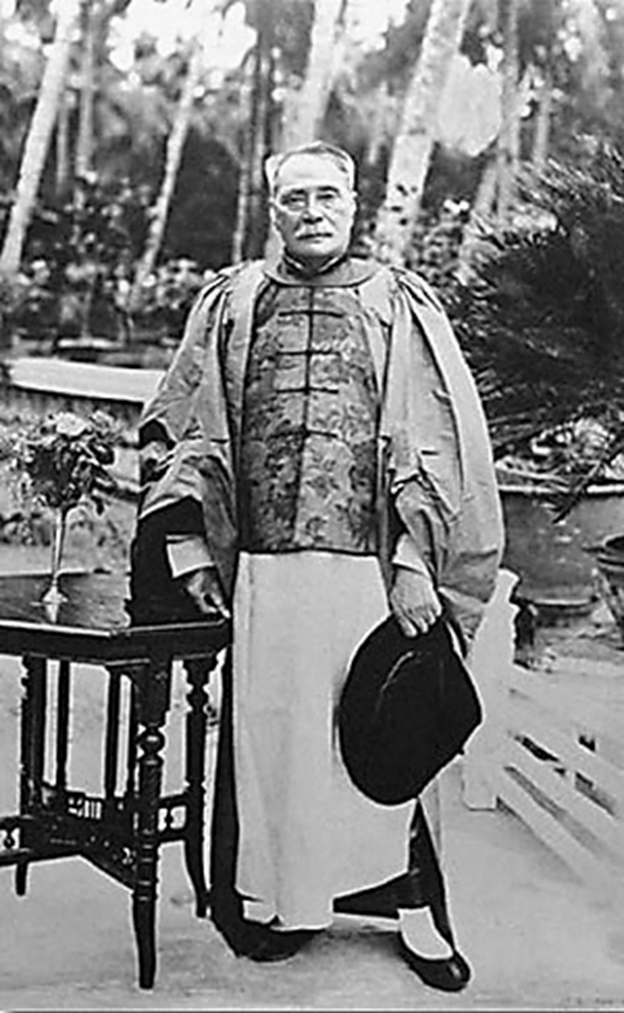
Chan succeeded his best friend Loke Yew to become the second president of the Selangor Chinese Chamber of Commerce, from 1907 to 1909.
Achievements
In 1906, a special commissioner on education to the Malayan States was sent by the viceroy of Guangdong under the decree of the emperor of China. After visiting the Chinese-owned companies and tin mines, the commissioner had written a report to the viceroy praising Chan’s role in promoting Chinese culture, knowledge, and technology in his business in the Malay States. For this, the viceroy awarded him a medal. He was awarded another medal by His Excellency Wong, the Chinese ambassador to England (Malaya is under British rule at the time) for his philanthropic work.
Besides being a tin tycoon, his pioneering in the ironwork industry earned him the title of The Father of Iron Works in Malaya.
Death and Legacy
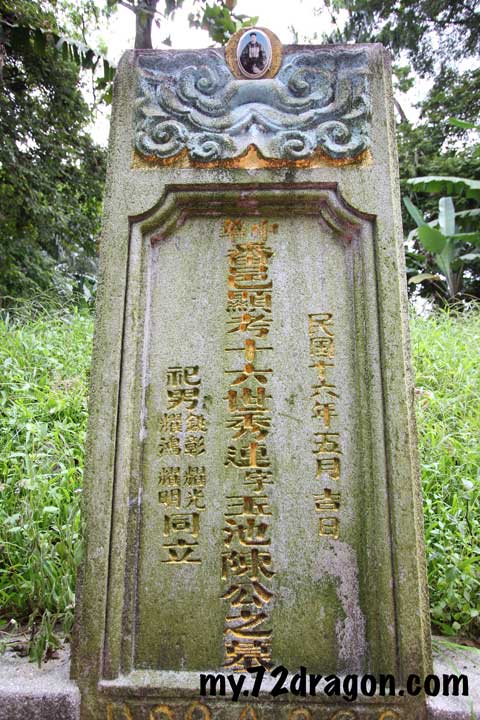
On 8 June 1927, Chan passed away at his residence at 20 Klyne Street, Kuala Lumpur. He was survived by four sons. He was buried at the Guangdong Cemetery in Sungai Besi, Malaysia, and his grave is located about 3 minutes walk from the main access road called Jalan Kerayong, there is a memorial plaque pointing to his tomb.
To commemorate his contributions to the development of Kuala Lumpur, the British Malayan government named a road Jalan Chan Sow Lin, after him. The road is nestled between the Sungai Besi airport and Pudu and is now an industrial zone. It is said that the road was famous for ironworks, even after his death.
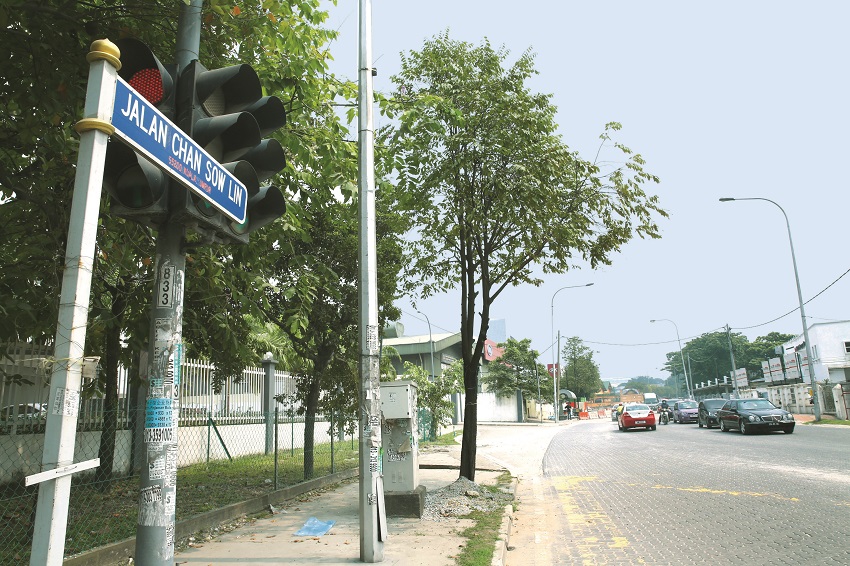
The Chan Sow Lin LRT station is named after Jalan Chan Sow Lin, and it serves as the interchange station between the LRT Sri Petaling Line and LRT Ampang Line. The station will also link the LRT passengers to the Putrajaya Line MRT once the project is completed.
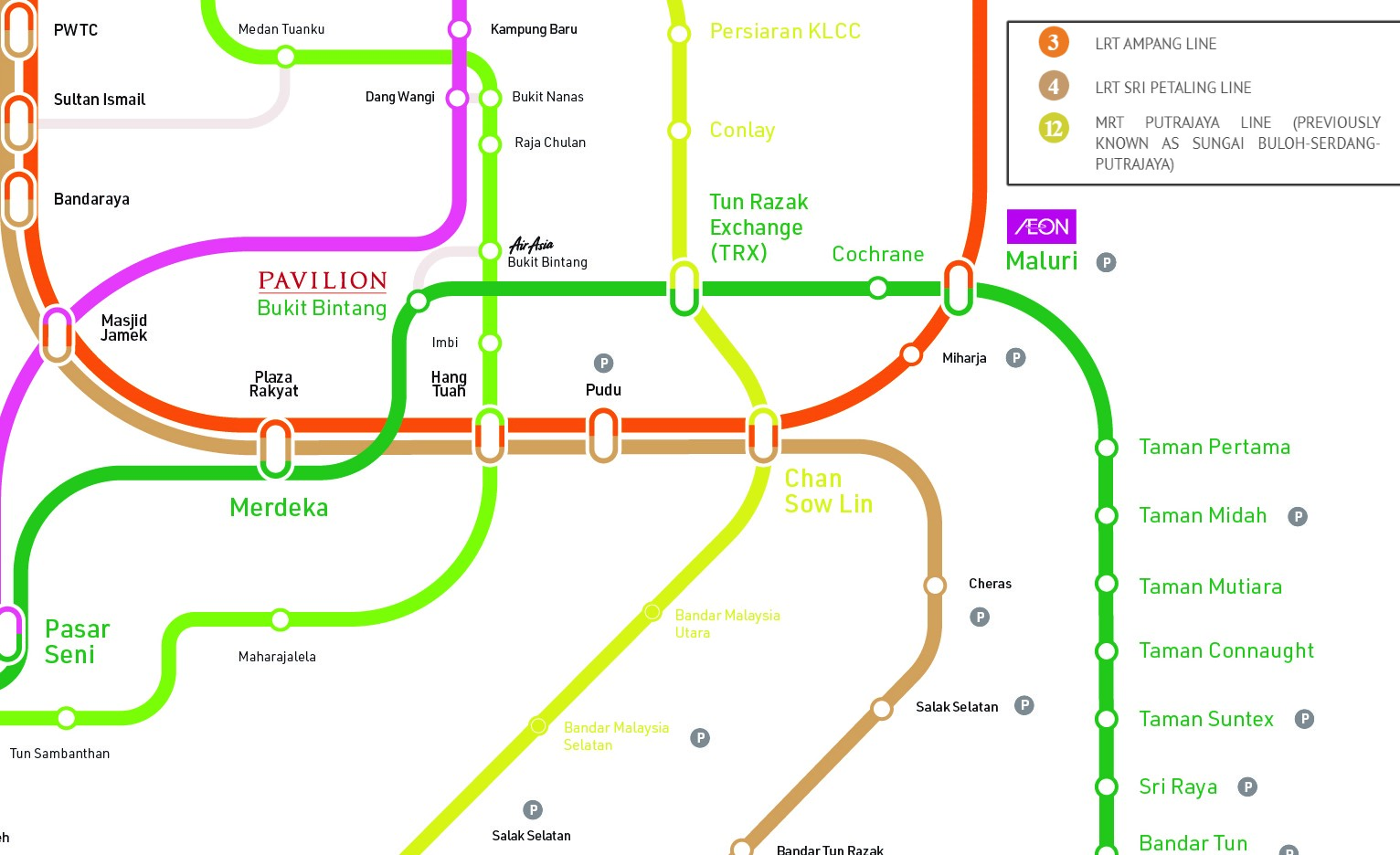
The Takeaway
Okay, so it turns out my assumption that the LRT station is named after a person named Chan Sow Lin is wrong. In fact, it is named after a place, that is named after a person called Chan Sow Lin. I’m surprised to learn that the legacy of Chan Sow Lin can still be found today in many corners of Kuala Lumpur, despite being mostly forgotten by society.
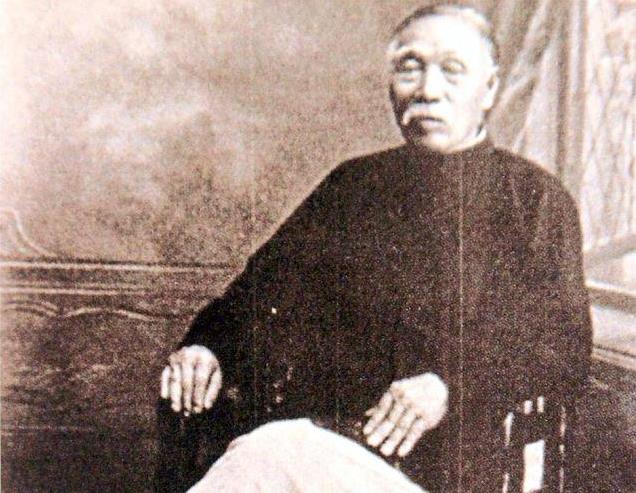
There is always an interesting story behind even the most ordinary location if we dig hard enough.
I hope you enjoyed learning about the story of Chan Sow Lin. I will keep posting more stories on the interesting and often overlooked history of this nation, so stay tuned!
Disclaimer
After I did my research (through Googling duh), I made a Wikipedia entry for Chan Sow Lin (the Chinese version already exists, but its info isn’t as comprehensive). So if you’re surprised how the content of this article is almost identical, it is because I tried to tell the story of Chan Sow Lin with a more personal touch, and more pictures too!

